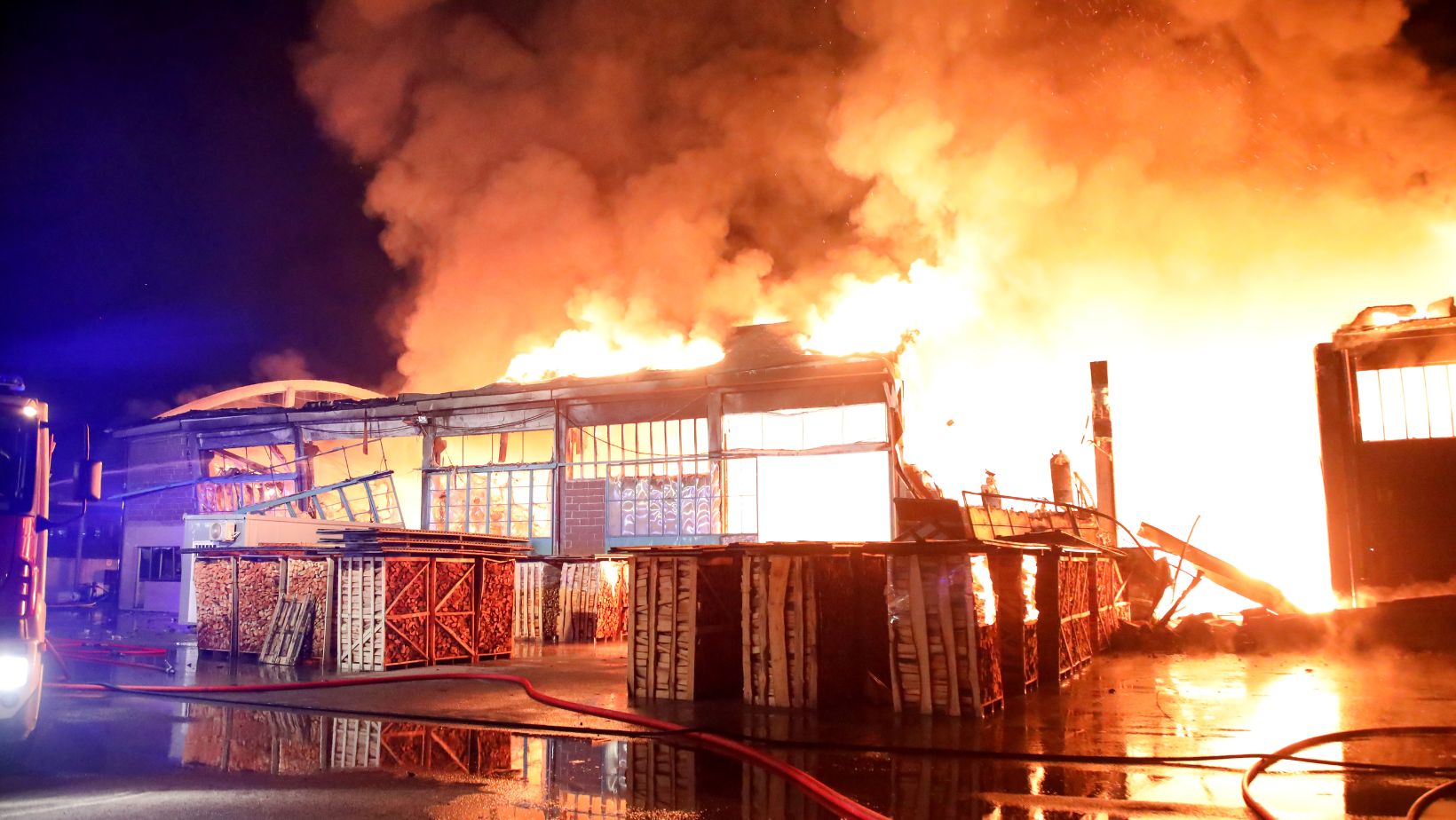
Fire can be one of the most devastating events a business may face. From property destruction to temporary shutdowns, the financial impact can be massive. Commercial fire insurance exists to help companies recover from these setbacks, offering protection for physical structures, equipment, inventory, and potentially lost income. It’s an essential layer of financial defense, particularly for companies that operate in buildings with high fire risk or that rely heavily on machinery and physical inventory. We will explore the different aspects of commercial fire insurance, how it functions, and why it’s a key part of maintaining business continuity.
Different Aspects Of Commercial Fire Insurance
What Commercial Fire Insurance Typically Covers
When a business purchases fire insurance, the coverage protects against losses from fire-related damage. That usually includes the building, such as office furniture, computers, manufacturing equipment, and any stock or goods stored on-site. Depending on the policy, it may also include debris removal and the cost of rebuilding. Some policies cover damage caused by smoke, water used to extinguish the fire, or fire department response efforts. Business owners often don’t realize that fire rarely acts alone. The aftermath includes charred walls, soaked electronics, smoke-damaged goods, and even structural issues that render a property unusable. This is where comprehensive fire insurance becomes essential. It gives business owners a means to recoup the money needed to repair the damage, replace ruined items, and return to operational status. Some policies also offer coverage for other structures on the premises, like warehouses, garages, or fences, as long as they are listed in the agreement. Understanding what the policy includes helps prevent gaps in coverage and ensures that when a fire occurs, the business isn’t exposed to avoidable financial loss.
The Role of Business Interruption Coverage
While the physical losses from a fire can be severe, the disruption to day-to-day operations often causes an even more significant financial blow. Business interruption coverage is a key component of many fire insurance policies, helping to cover the loss of income a business suffers while repairs are underway. Suppose a business cannot operate due to fire damage. In that case, this coverage may pay for ongoing expenses such as rent, payroll, and utility bills, along with profits that the business would have earned during the period of interruption. This is particularly important for companies that rely on regular customer flow or production schedules, as even a few weeks of downtime can have lasting effects.

The coverage may also extend to temporary relocation costs if the business needs to move to a different location to continue operations. However, business owners should pay close attention to the coverage limits and the time the policy applies to lost income, often called the indemnity period. Failing to match these with the potential scale of disruption can lead to funding shortfalls during recovery. Discussing business interruption coverage with a trusted advisor can ensure it’s tailored to the company’s unique needs and risk profile. When fire damage stops business, this coverage plays a central role in keeping things financially afloat.
Risk Assessment and the Impact on Premiums
Insurance companies consider several factors when determining commercial fire insurance premiums. The type of business, building structure, and location can influence how much coverage costs and what conditions apply. A restaurant that operates open flames usually pays more than an office that uses essential electrical equipment. Similarly, a building made of fire-resistant materials in a low-risk zone will likely have a lower premium than one built of wood in a wildfire-prone area. Insurance providers often require a detailed risk assessment examining fire safety measures such as smoke alarms, sprinkler systems, and fire extinguishers. Buildings without these protective features may pay more for insurance and find some coverage options limited or unavailable. Insurers will make specific recommendations or requirements that must be fulfilled to maintain the policy, such as installing updated wiring or maintaining clear access for fire department response. Business owners should take these assessments seriously, as improving fire safety can reduce premiums and enhance overall safety for employees and customers. Taking steps to minimize risk benefits the insurance business’s longevity and peace of mind.
Claims Process and Documentation Requirements
When a fire occurs, filing a claim can be detailed and time-sensitive. Business owners must document the damage as thoroughly as possible, photographing, gathering receipts, and working closely with fire inspectors and insurance adjusters. The more evidence provided, the smoother the claims process will likely be. One common requirement is a fire report from the local fire department, which can offer vital information about the cause and extent of the fire. In some cases, insurers may bring in their investigators to assess the situation, mainly if there are questions about the fire’s origin or the value of the lost property. Accurate and organized recordkeeping becomes incredibly valuable during this time. Maintaining updated inventories, equipment logs, and financial records will help validate the loss and support the claim. Business owners should also be prepared to answer questions about maintenance routines, previous claims, and fire safety compliance. Clear communication and timely responses throughout the process will help move the claim forward efficiently. Though each insurer has its process, many will offer a dedicated claims representative to walk the business through the steps. Staying organized and proactive after the fire helps ensure the company receives the full benefit of its insurance coverage.

Fire insurance is an essential safeguard for businesses of all types and sizes. During interrupted operations, it protects buildings, inventory, equipment, and even income. A well-designed policy can mean the difference between a business bouncing back after a fire or facing long-term closure.
By understanding what is covered, assessing risks, and keeping thorough records, business owners can prepare for the unexpected and reduce the impact of a fire-related disaster. While no policy can prevent a fire, the right coverage helps ensure the road to recovery is transparent, stable, and financially manageable.